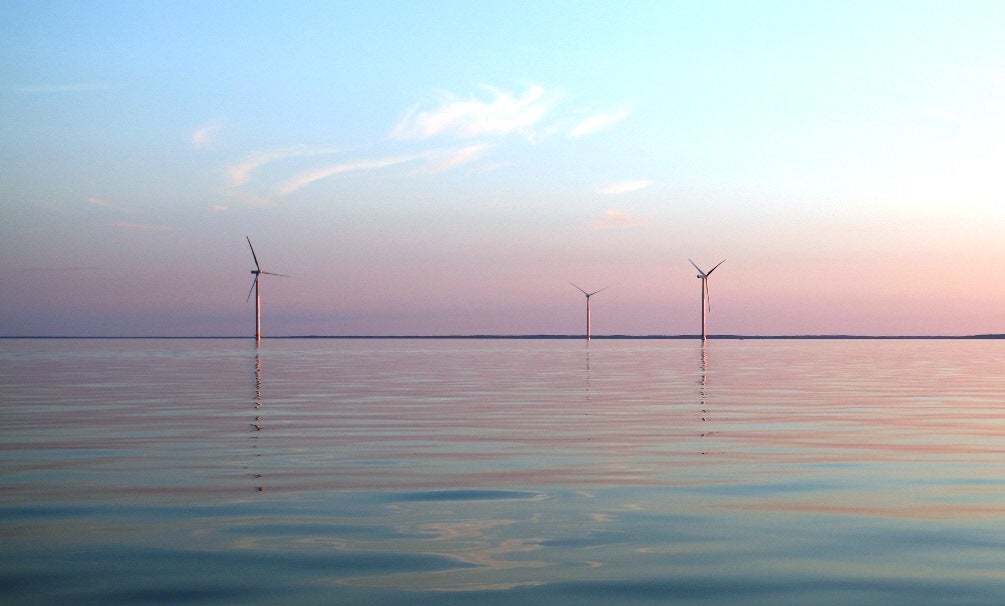
The European Commission (EC) has approved the support to six offshore wind farms in France, stating that the wind farms are in line with EU State aid rules.
The six wind farms are to be located off the North-Western coast of France and they include the Courselles-sur-Mer, Fécamp, Saint-Nazaire, Iles d’Yeu / Noirmoutier, Dieppe / Le Tréport and Saint-Brieuc.
The Commission stated: “The measures will help France reduce CO2 emissions, in line with EU energy and climate goals, without unduly distorting competition in the single market.”
France will support the offshore wind farms with 20-year feed-in tariffs
Each of these wind farms is expected to have an installed capacity between 450MW and 498MW and will include between 62 to 83 turbines. The selected installations will receive support in the form of feed-in tariffs over a period of 20 years.
Construction on the first wind farm is expected to begin later this year, with the six projects anticipated to enter into operations by 2022. If finalised, the wind farms will increase the renewable generation capacity of France by about 3GW.
The European Commissioned assessed six support measures under the 2008 Guidelines on State aid for environmental protection and these measures will help the country boost its share of electricity generated from renewable energy sources to meet its climate targets, in line with the environmental objectives of the EU.
The Commission has found that the aid granted to the six projects will be proportionate and it will not entail overcompensation of the beneficiaries.
Out of the six offshore wind projects, EDF Renewables will develop the Fécamp, Courseulles and the Saint-Nazaire projects. These wind farms will generate enough electricity to be supplied to more than 2 million people.
The 480MW Saint-Nazaire, will include 80 offshore wind turbines, each with a capacity of 6MW. The planned production will be equal to the 20% electricity consumption of Loire-Atlantique.
The other two projects Courseulles and Fécamp could generate enough electricity for nearly 630,000 people.






